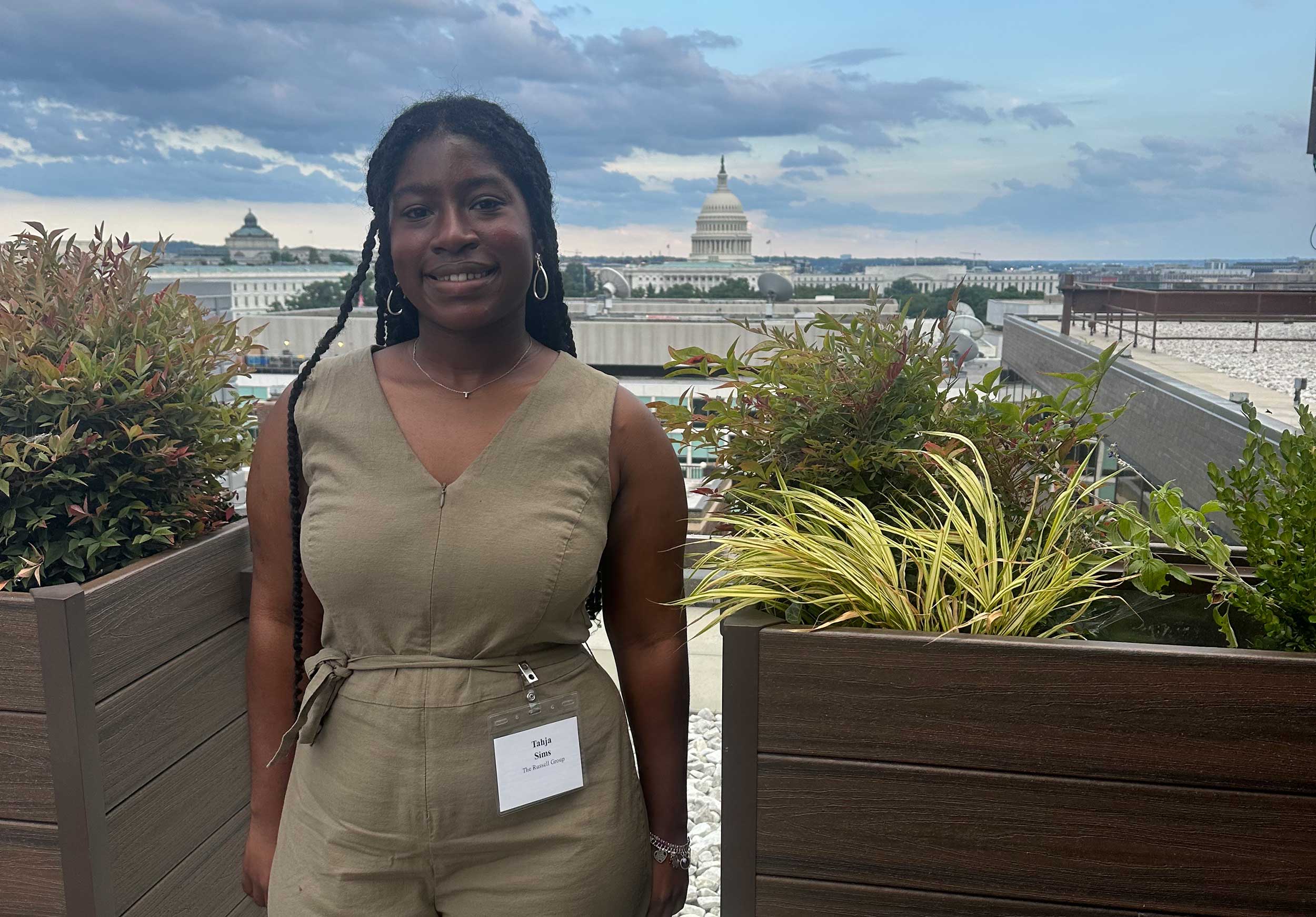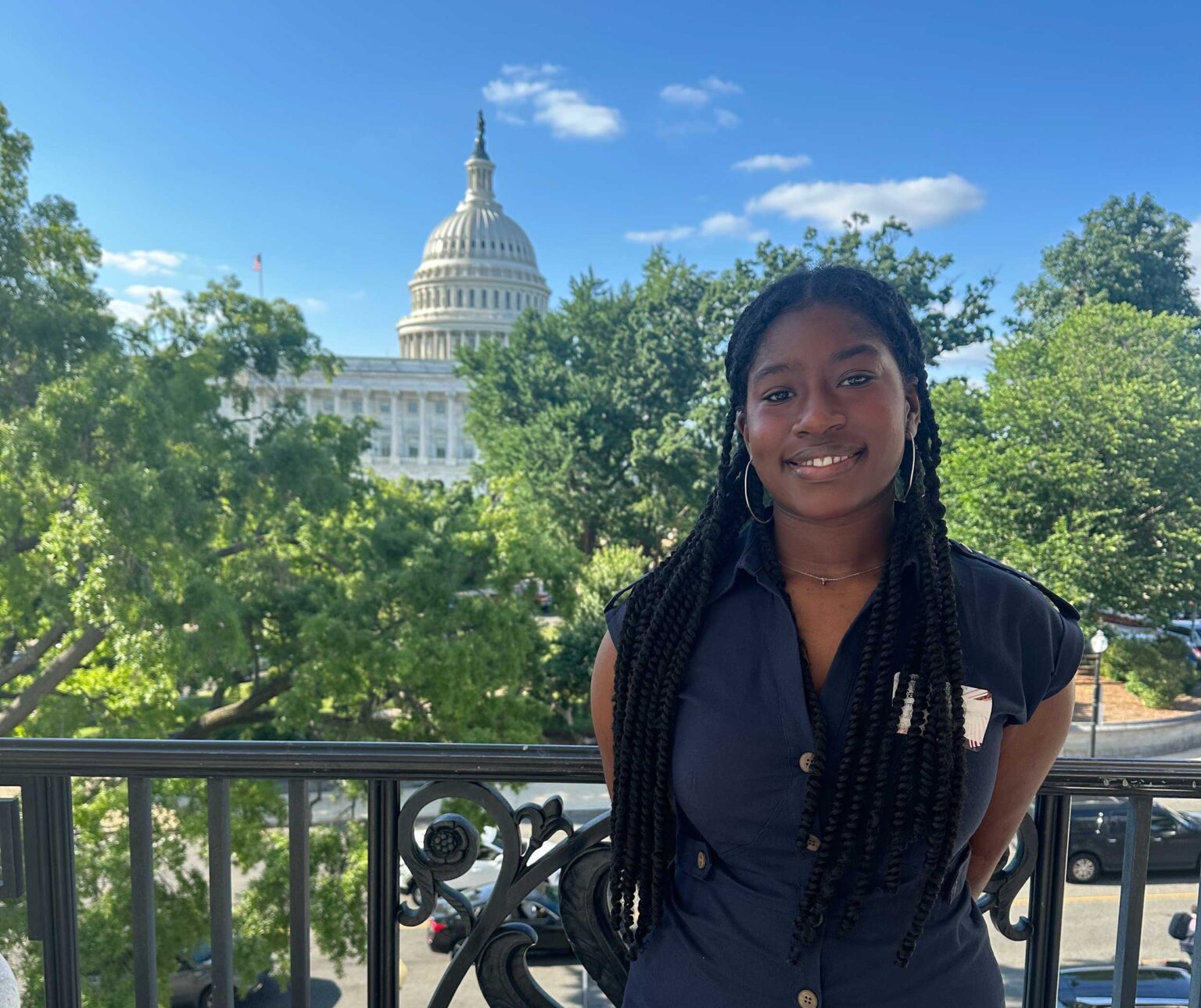Being born a Black girl in the large city of Detroit (aptly known as Motor City) — with parents who rarely allowed me to venture outside or to own pets — made the idea of farming life an entirely different world.
My numerous allergies helped make it so my mom wanted me to stay inside. She probably felt justified when I once went to play with a tree branch and my whole face broke out in hives.
However, when I was actually allowed to go outside, under my mother’s supervision, of course, we would tend the garden in front of our tiny green-roofed house. With my scratchy yellow gardening gloves on, I was allowed to water the vibrant fuschia flowers that surrounded the large oak tree on our front lawn, while she taught me all the delicate ways of being a lady. I knew I was a tomboy when all I could think about was tearing off my gloves and reaching my hands deep in the soil so I could find a worm to play with.
In those moments, I came to appreciate everything that nature offered, how the earth was where the worms were, the flowers were where the butterflies landed, and the oak tree was where the squirrels lived.

Books became my window into new worlds and grew my interest in the art of story telling. My focus shifted when I met a group of high school students that was hosting a booth at my middle school. They told me all about FFA, an organization that I would learn promotes career development and learning in the agriculture field. I instantly knew I wanted to join, mainly because I had never had a pet and I could raise an animal outside of the home — a negotiating point for my parents.
But I was also drawn by the other events, such as Leadership Development Events (LDEs) and Career Development Events (CDEs). Participating allowed me to bring out my natural talents. Quiz bowl was my choice LDE; it required learning all of the various FFA facts as well as statistics facing the agricultural industry (regurgitation things I learned was something I enjoyed).
While studying a variety of agricultural information, I realized how encompassing agriculture is in everyday life. What we wear, drink, eat, live in, use for energy are all a part of the agriculture industry. The products we use are the result of a multi-step process that turns things in nature into things for us, a process that starts with the growers who work day and night to provide consumables that are essential to our daily life.
I grew to understand this effort on a deeper level while really not knowing what I was doing raising my first pig the following year. Twice a day, every day, I was feeding, brushing, and walking my pig — it became a labor of love. It gave me a sense of purpose, and I learned true hard work on a small scale compared to what producers in America face, especially as their numbers dwindle and the population they serve continues to grow.
Yes, I cried when I sold my pig, and so did my mom, but I gladly did it again, and I understood why farmers do so too.
I love agriculture because it is the art of providing new life, and it is made up of hardworking and humble people.
I hope to help this community by bringing a voice, a value, a service to the people who provide for me everyday. I find the common-day issues of agriculture interesting because I feel as though there is so much I don’t know about the process. But as I try to envision a solution, I learn along the way.
While finishing my senior year in college at Texas A&M, I’m going to ensure that my learning experience never ends, especially as I delve into the interaction of government and the agriculture industry. Working with advocates and various other in ag, it’s clear that many of us don’t really know what or how something is going to happen next when it comes to government action impacting our industry. I admire how the agricultural industry finds a way up and over and through these issues, driven by their purpose of providing for others.
Diversity is an important subject when it comes to finding these new paths, because listening to and recognizing different perspectives is an important tool for finding solutions. Different viewpoints and approaches allow adopting new techniques to be an easier process. Over the course of history diverse groups have been a driving force behind agricultural innovations. Despite being underrepresented, they continue to drive agricultural outlook.
Being able to find a way around conventional obstacles, is at the core of what makes American agriculture.
Tahja Sims serves as the 2025 American Farmland Trust Agriculture Communications Intern at AGDAILY, with a focus on helping to amplify diversity and minority voices in agriculture. Tahja is currently an agricultural economics major and senior at Texas A&M University. She has served as an intern with the U.S. House of Representatives and is a member of Minorities in Agriculture, Natural Resources and Related Sciences (MANRRS) organization.


